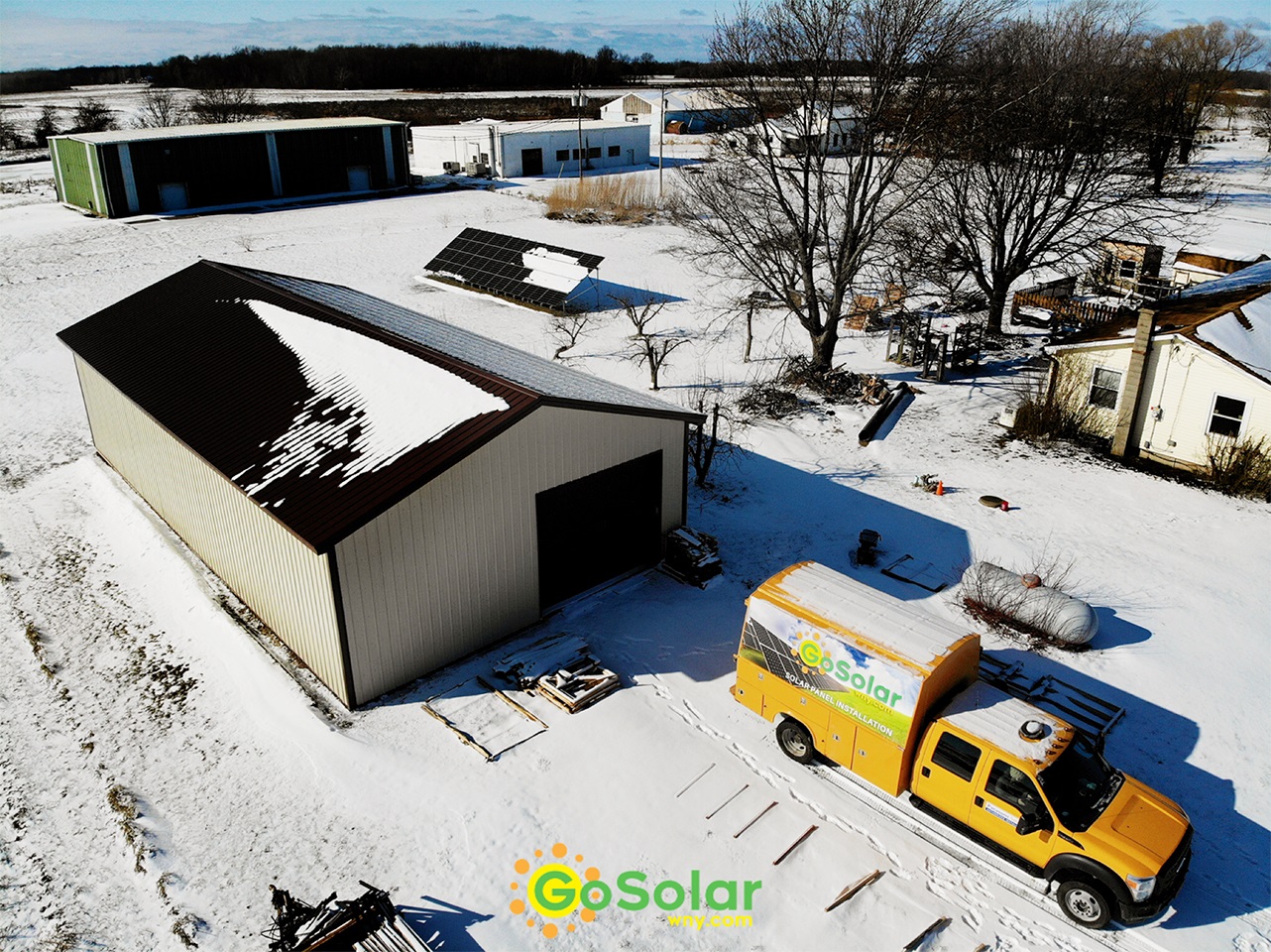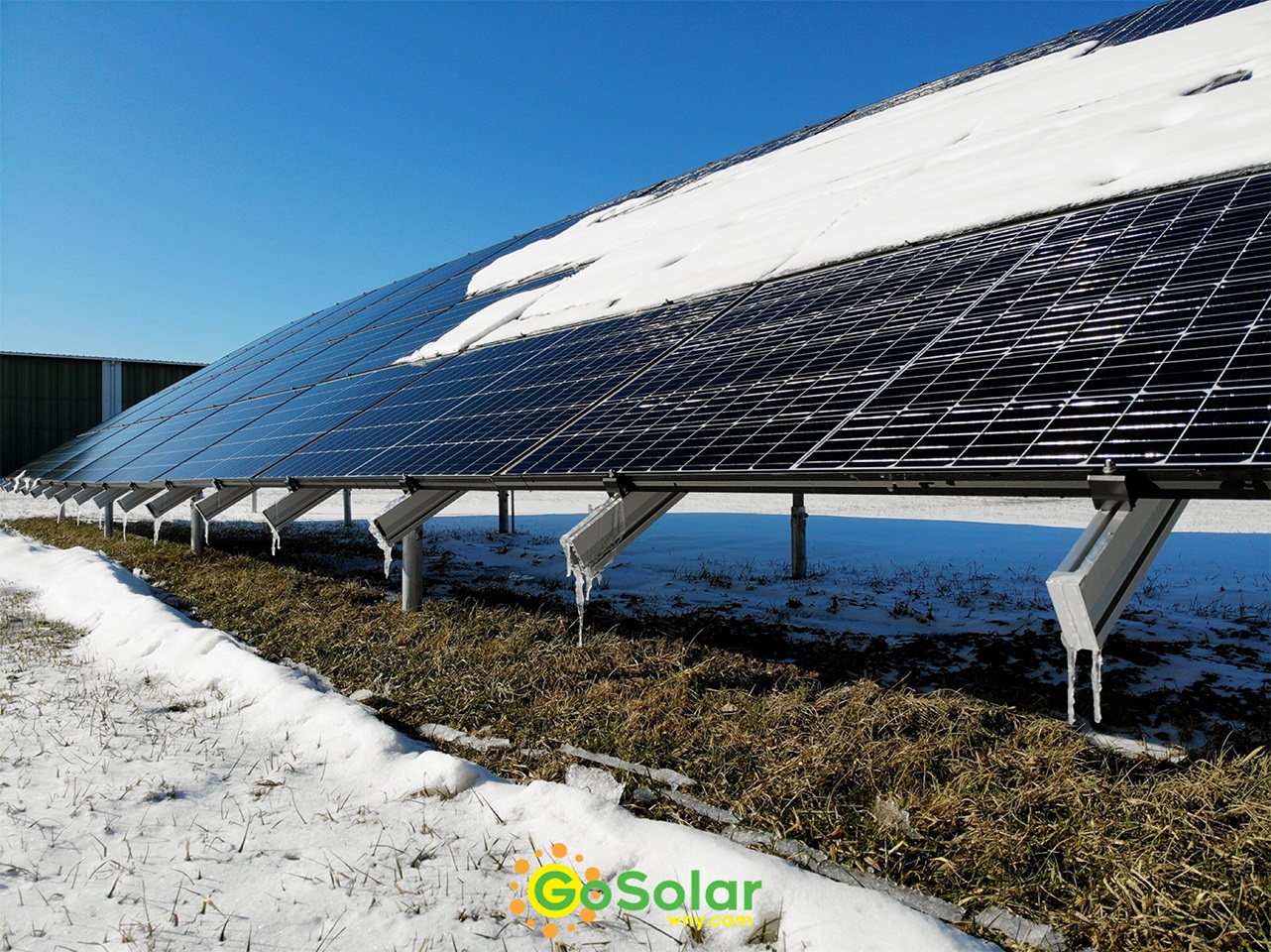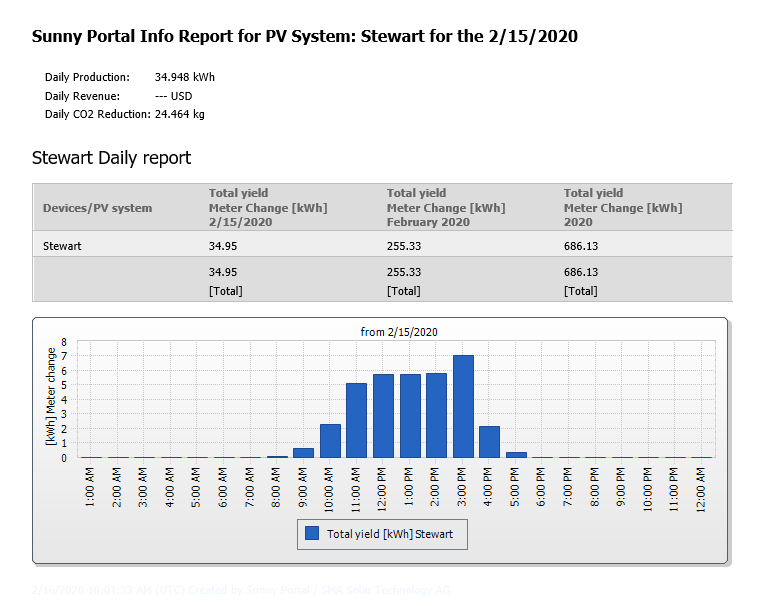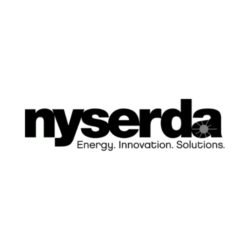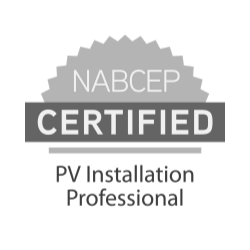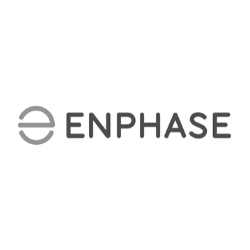This is one of the most common questions solar providers in and around Buffalo, NY and Niagara County get. What happens to solar panels when they’re covered in snow? There are two answers: the short one and the technical one.
FAQs - Solar Provider in Buffalo, NY
What happens when it snows?
The Short Answer
Snowfall creates no concerning factor for your household’s annual solar production when your solar panels are covered in snow for a portion of the year. So, put away the push broom, open a beer, and go enjoy the game.
Over the course of each year, your solar array is designed to make all the power you need on sunny days and provide your family with enough electricity to last all year.
On a related note: No, you definitely should not clean snow off your rooftop solar panels with a broom, shovel or any other tool, ever. It is unsafe and completely unnecessary.
The Technical Answer
Net Metering. It all begins with the concept of net metering and the installation of your digital “bi-directional” utility meter. Don’t worry, we take care of all of the necessary paperwork and permits to make this happen. Thanks to NY State law, it costs you nothing to have your home’s current electric meter upgraded when you Go Solar.
What is Net Metering?
Net Metering is a concept by which your utility company keeps track of the power your Solar Array produces, in relation to what your home uses on any given day. Once your Solar Array is installed by your solar provider, you’ll think of your account with the electric company as a savings bank account.
A residential solar array is designed to make far more energy in one hour than that household will ever need in any single hour. So, on bright and sunny days, your solar array will produce far more power than your home needs at any given moment. During those daylight hours, that surplus energy is pushed from your solar array through your electric meter and into the utility’s electric grid. Your bi-directional meter will keep track of each Kilowatt Hour of energy pushed through your meter and credit your account for that power (think of spinning your meter backward). Meanwhile, that energy will actually be used to power your neighbors’ homes! Won’t that be something to feel good about? Imagine the local power company burning less coal to supply energy to your neighborhood as your solar array cranks out thousands of Watt Hours of energy!
Your grouchy nay-sayer neighbor won’t thank you because he hasn’t read this research. But, he’ll be using green power too, thanks to your decision to Go Solar!
Each night, when the sun goes down, and during the shorter winter days when your solar array may be blanketed by snow, your home will begin to draw power back from the utility grid through the same electric meter, which now keeps track of your electric consumption. This system of balancing your “deposits” of electricity into the utility grid and “withdrawals” in the form of electric consumption, is the definition of Net Metering. A properly designed home Solar Array will make all the green energy your family needs during the long daylight hours of summer. That power will be available to you, free of charge, during the dreary days of Winter.
Even in areas of the country where snow is not a factor, the vast majority of a home’s solar production is made during long summer days when the sun is also much higher in the sky.
Make sense now? Still have questions, give us a call — (716) 880-6000

